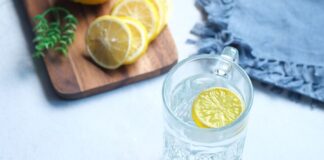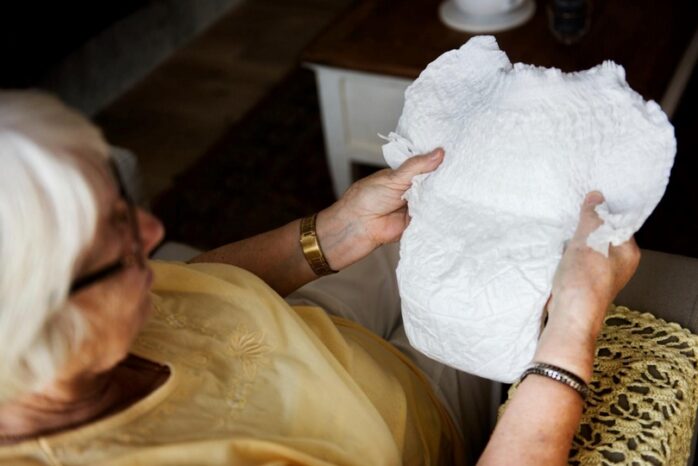
Absorbency is among the most crucial consideration factors when purchasing an incontinence management product. If the products don’t have the right absorbency, you can experience leaks, causing discomfort, an unpleasant odour and increasing the risk of skin irritation.
Like a baby’s diapers, disposable incontinence products absorb urine and keep the wearer’s skin dry until removed. Anything compromising their absorbency causes significant discomfort and inconvenience to the wearer and those around them.
The Best Incontinence Management Products
It’s easy to identify absorbency in incontinence products by reading the label. Most products have absorbency ‘levels’ indicated on their packaging. The most common rating system starts at ‘Max’ for high-level, heavy incontinence, followed by ‘Super,’ ‘Extra,’ ‘Plus,’ and ‘Normal.’ In this case, you should choose ‘Max’ if you want the best protection against leaks.
Besides labelling, the product’s design also impacts its absorbency levels. This means that you might find a ‘Super’ pad that’s more absorbent than a ‘Max’ due to its unique design.
Generally, all-in-one incontinence pads are the best. These are ideal solutions for people with advanced incontinence affecting their urinary and rectal excretion systems.
Another popular product design comprises pull-up pants. As the name suggests, these resemble normal underwear. However, they provide more flexibility and comfort because of an adjustable waist. More importantly, they are discreet.
Large-shaped pads are effective at dealing with heavy incontinence. Although they aren’t as comfortable and absorbent as the two styles above, they are good for people who love a padded design.
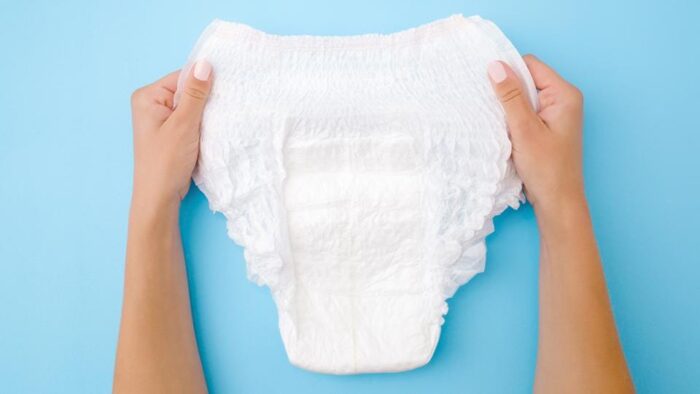
Factors to Consider before Purchasing an Incontinence Management Product
Besides absorbency and comfort, you must consider the factors below when shopping for incontinence management products.
Breathability
Breathability is a product’s ability to allow your skin to breathe. Urine is usually warm and can cause discomfort when tucked into a pad for long periods. Cotton pads have spaces in-between the fabric, ensuring you remain comfortable whenever you wear them.
Skin Sensitivity
The material used to make your incontinence management product can hurt you if you have sensitive skin. For example, latex can affect you if you are sensitive, so using latex-free products is best. The same applies if you are susceptible to cotton and so on.
Budget
Sometimes, you might not have enough money to buy high-end brands. However, this doesn’t mean you must settle for poor-quality products. You can find cheap, quality products by scouring the market. You can find affordable quality by choosing lesser-known brands.
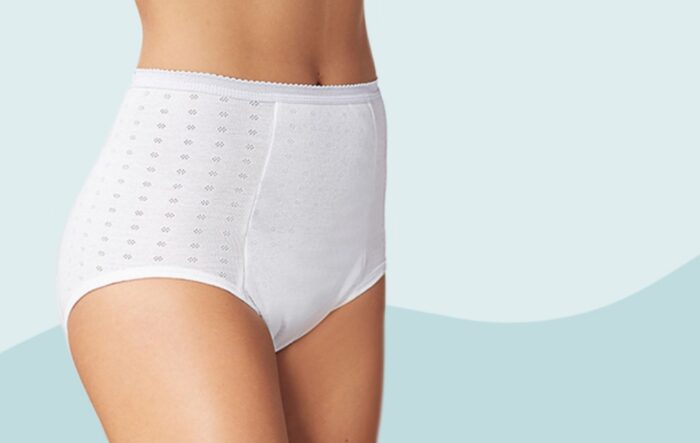
How to Assess Your Incontinence Level
Most people don’t know how to assess their incontinence level, which helps you choose the right management product. It’s as simple as weighing your product before wearing it. Then, after using it, place it in a plastic bag and record its weight.
Record the time worn against the weight difference before and after using the product. For example, 1ml equals 1gram, so the higher the weight difference, the heavier your incontinence. Repeat this test for at least three days for more accurate results.
Types of incontinence
There are many types of incontinence, and each person experiences it differently. Some people experience very light leakage, while others experience constant leakage. The best way to find the product that is right for you is to talk to your doctor or other health professional. Here are some of the most common types of incontinence:
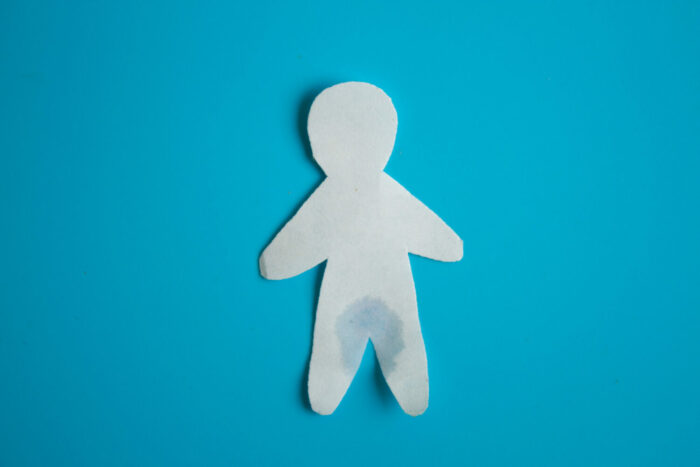
Urinary Incontinence
Urinary incontinence is when you can’t control when or how much urine comes out. This can happen because of a problem with your bladder (such as a UTI), an issue with your urethra (the tube that goes from the bladder to the outside world), or a weakness in your pelvic floor muscles.
There are many different treatments for urinary incontinence, and you’ll need to try a few until you find one that works best for you. Your doctor may recommend lifestyle changes, such as keeping track of how much water you drink each day, exercising regularly, and reducing stress levels. They may also recommend medication or surgery.
Bowel Incontinence
Bowel incontinence is when you can’t control when or how much stool (feces) comes out. This can happen because of a problem with your intestine (such as an obstruction or damage), weak muscles in your abdomen (pelvic floor muscles), or nerve damage in your bowel area.
Your doctor will often check to see if there’s anything causing bowel incontinence before they start treatment. Treatment options for bowel incontinence vary, but may include medication, surgery, and physical therapy.
Female Sexual Incontinence
Female sexual incontinence is when you experience leakage during sex or other activities that require pressure on your bladder or pelvic floor muscles. This can happen because of a problem with your nerves (such as a spinal cord injury), weakness in your pelvic floor muscles, or a problem with your bladder (such as an infection).
Female sexual incontinence can be a very frustrating condition. There are many different treatments available, but you’ll need to try different ones until you find one that works best for you. Your doctor may recommend lifestyle changes, such as practicing Kegel exercises regularly, using protection during sex (such as using a condom), and limiting caffeine and alcohol intake. They may also recommend medication or surgery.
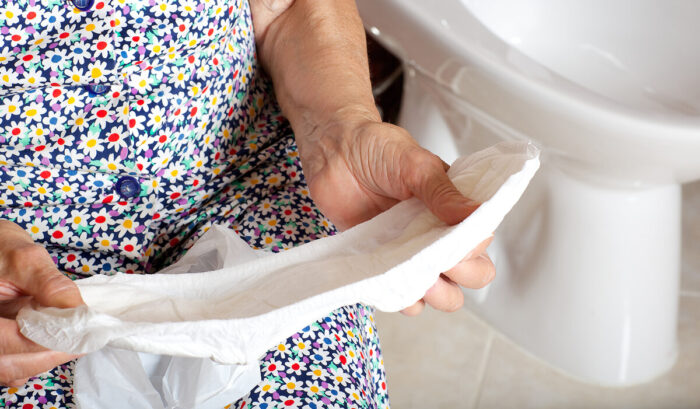
History of incontinence products
There are many types of incontinence products on the market today, but which has the best absorbency? In recent years, there have been a number of different types of absorbent materials developed in an effort to provide better absorbency for those with incontinence. These materials include microbeads, super-absorbent polymers (SAPs), and liquid crystal polymer (LCP) films.
Microbeads were first introduced in the early 1990s as an alternative to traditional sheets and pads. Microbeads are small balls made from polyethylene or polypropylene that are about 1 micron in diameter. They are highly absorbent and have a long shelf life. However, they can be difficult to remove from clothing and can cause irritation and allergic reactions if swallowed.
Super-absorbent polymers (SAPs) were Originally developed as a way to make water-repellant fabrics. Today, SAPs are widely used in various incontinence products because of their high absorbency capacity. SAPs are made from synthetic materials such as ethylene oxide and butadiene rubber, which allow them to hold a large amount of water before becoming saturated. Some common brands of SAPs include Luvs Ultra Leakguards Extra Large, Huggies Overnites Supreme Diapers With Ultra Absorbency, and Pampers Swaddlers.
Final Words
Incontinence management products enable affected individuals to lead more comfortable lives, individually and socially. However, the most crucial factor affecting this comfort is the product’s absorbency levels. To protect the skin from leaks, wearing an all-in-one pull-up is best. Lastly, ensure you purchase a breathable product made using non-sensitive material.

